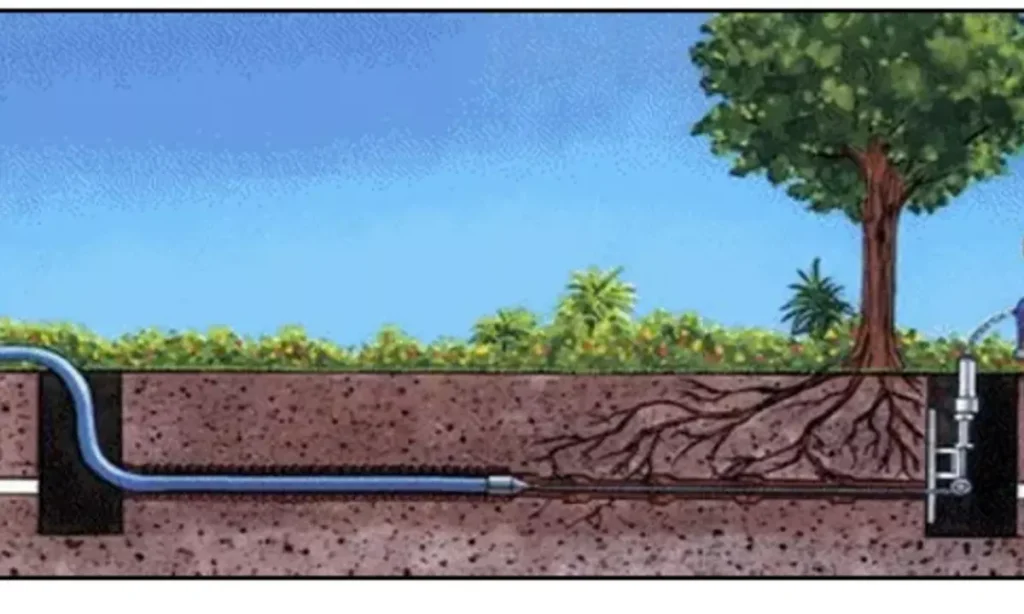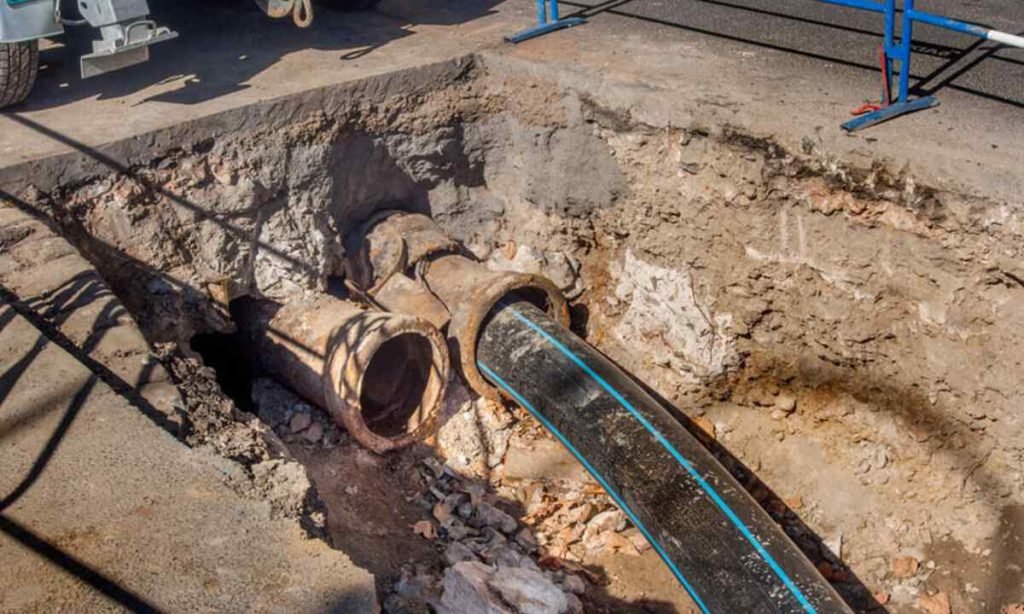Maintaining and repairing underground pipelines and sewer systems is an essential yet often overlooked aspect of urban infrastructure. Traditionally, pipe repair involved disruptive and costly methods that required digging trenches, causing inconvenience to residents and businesses alike. However, advancements in technology have given rise to trenchless pipe repair, a revolutionary approach that offers both pros and cons. This article of The Pro Plumbing delves into the benefits and limitations of trenchless pipe repair in the context of Alhambra, shedding light on its impact on the community, the environment, and the overall efficiency of repair processes.
Understanding Trenchless Pipe Repair
Trenchless pipe repair refers to a set of techniques that allow for the rehabilitation of pipelines and sewer systems without the need for extensive excavation. This method involves minimal disruption to the surrounding environment, reducing noise, dust, and the overall inconveniences associated with traditional open-trench repairs. There are two primary methods of trenchless pipe repair:
- Pipe Lining: This technique involves inserting a flexible liner coated with epoxy resin into the damaged pipe. The liner adheres to the inner surface of the existing pipe, creating a new smooth surface that seals cracks and prevents leaks.
- Pipe Bursting: In this method, a new pipe is pulled through the damaged one, causing the old pipe to fracture and make way for the new one. This technique is particularly useful when the existing pipe is severely damaged and needs replacement.
Pros of Trenchless Pipe Repair in Alhambra

1. Minimal Disruption to the Community
One of the most significant advantages of trenchless pipe repair in Alhambra is the minimal disruption it causes to the community. Alhambra is a vibrant and densely populated city, and any major construction or excavation work can significantly impact traffic, local businesses, and residents. Trenchless repair methods eliminate the need for extensive trenches, reducing noise levels and maintaining the aesthetic appeal of the area.
2. Faster Repairs
Trenchless pipe repair often requires less time compared to traditional methods. With conventional repairs, digging trenches, laying new pipes, and then restoring the ground surface can take weeks or even months. Trenchless methods can expedite the repair process, minimizing the inconvenience caused to residents and businesses.
3. Cost-Effectiveness
While the upfront cost of trenchless pipe repair may be higher due to the specialized equipment and materials required, the long-term cost savings can be significant. Traditional open-trench repairs involve extensive excavation, labor-intensive processes, and road restoration expenses. Trenchless methods reduce these costs, making it a cost-effective solution in the long run.
4. Environmental Impact
Alhambra places a strong emphasis on sustainability and environmental preservation. Trenchless pipe repair aligns with these values as it generates less waste, reduces the need for heavy machinery, and minimizes soil disruption. This approach helps protect local ecosystems, water quality, and reduces the carbon footprint associated with construction activities.
5. Preserving Infrastructure
Many of Alhambra’s pipelines and sewer systems are aging and in need of repair or rehabilitation. Trenchless methods can extend the lifespan of these systems by reinforcing the structural integrity of the pipes. This preservation of existing infrastructure reduces the need for complete replacement, saving resources and minimizing the impact on the environment. Make sure you point out the hidden pipe leaks before its too late and becomes dangerous for you
Cons of Trenchless Pipe Repair in Alhambra

1. Technical Limitations
Trenchless pipe repair may not be suitable for all types of pipe damage or configurations. In some cases, the damage might be too severe for lining or bursting methods to be effective. An accurate assessment of the extent of damage is crucial to determine whether trenchless repair is a viable option.
2. Initial Costs
As mentioned earlier, the initial costs associated with trenchless pipe repair can be higher than traditional methods. This could potentially pose a financial challenge for municipalities or property owners with budget constraints. However, it’s important to weigh these costs against the long-term benefits and potential savings.
3. Skill and Equipment Requirements
Trenchless pipe repair requires specialized equipment and trained professionals with expertise in these techniques. Alhambra would need to ensure that there are enough skilled workers and resources available to carry out these repairs effectively. Without proper training and equipment, the success of trenchless repairs could be compromised.
4. Limited Diameter Range
Trenchless methods are more suitable for smaller to medium-sized pipes. For larger diameter pipes, the feasibility of using trenchless techniques diminishes, and traditional excavation methods might still be necessary. This limitation can impact the versatility of trenchless repairs for Alhambra’s diverse pipeline network.
5. Environmental Considerations
While trenchless pipe repair is generally more environmentally friendly than traditional methods, it’s not entirely without environmental impact. The materials used in lining or bursting processes, as well as the disposal of old pipes, can still have ecological consequences if not managed properly.
Conclusion
Trenchless pipe repair presents a transformative approach to maintaining and rehabilitating underground infrastructure in Alhambra. While it offers numerous benefits, such as minimal disruption, cost-effectiveness, and environmental conservation, it’s essential to acknowledge its limitations. Technical constraints, initial costs, skill requirements, and diameter limitations should be carefully considered when evaluating the feasibility of trenchless methods for pipe repair. By weighing the pros and cons, Alhambra can make informed decisions about adopting this innovative approach, ensuring the longevity and functionality of its underground infrastructure while preserving the quality of life for its residents.
FAQS
Q1: What is trenchless pipe repair?
Trenchless pipe repair is a method that fixes underground pipelines without extensive excavation, minimizing disruption and costs.
Q2: How does pipe lining work?
Pipe lining involves inserting a resin-coated liner into damaged pipes to create a new, leak-resistant inner surface.
Q3: Is trenchless repair suitable for all pipe damage?
Trenchless methods might not work for severe damage; a thorough assessment is crucial for determining feasibility.
Q4: Does trenchless repair save money?
Yes, despite higher upfront costs, long-term savings result from reduced excavation, labor, and restoration expenses.
Q5: What are the environmental benefits of trenchless repair?
Trenchless methods generate less waste, use fewer resources, and have a smaller carbon footprint, aligning with sustainability goals.





